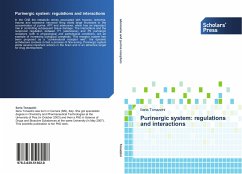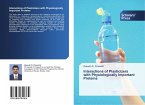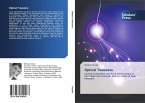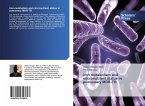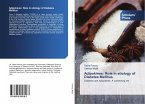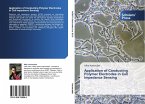In the CNS the metabolic stress associated with hypoxia, ischemia, trauma and excessive neuronal firing elicits large increases in the concentration of purine, ATP and adenosine, which has an important role in controlling subsequent tissue damage. The interactions and the reciprocal regulation between P1 (adenosine) and P2 purinergic receptors, both in physiological and pathological conditions, are an example of increasing biological complexity. This receptor system has been proposed as a combinatorial receptor web : the dynamic architecture involves in fact a process of fine-tuning. Purinergic system elicits several important actions in the brain and is an attractive target for drug development.
Bitte wählen Sie Ihr Anliegen aus.
Rechnungen
Retourenschein anfordern
Bestellstatus
Storno

